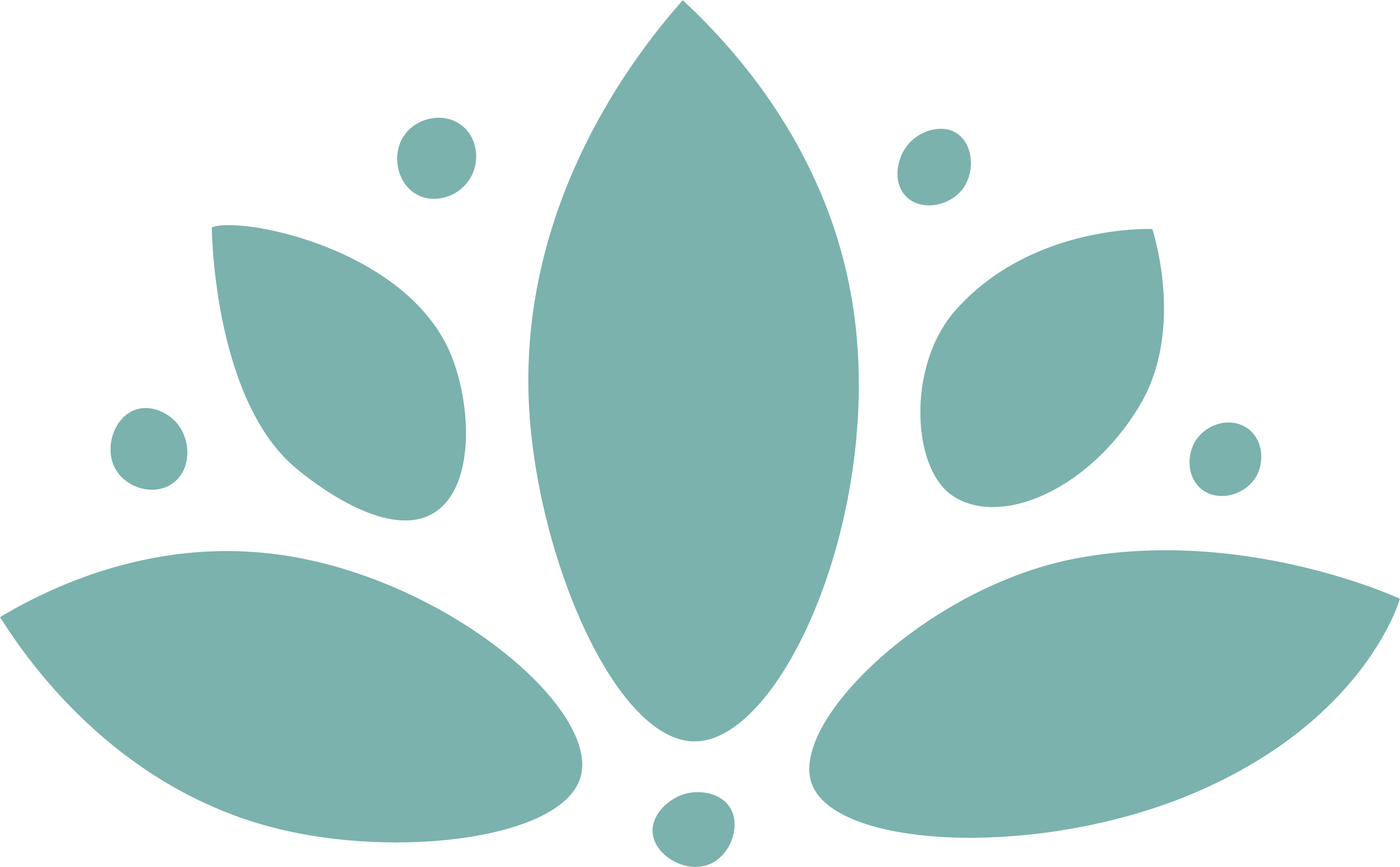Think of your favorite book. Something drew you in when you first purchased the book. Maybe a friend recommended the book to you, or perhaps the title caught your attention during your periodic browse for self-help books on Amazon. Whatever drew you in, the author, publishers, and public relationship specialists accomplished a magnificent goal: they knew your desires, hopes, fears, and dreams better than anyone else.
Successful authors, thought leaders, and businesses dial into their customer’s needs because this information is critical to market and sell effectively. They know their customer’s purchasing behavior better than anyone else. They know the exact words their customers use, and they also know how to align their product or service with their customer’s needs.
You need to speak to your customer with truth, authenticity, and power rather than being manipulative or brainwashing. Knowing your audience allows you to communicate better than your competitors. Your customers need to think, “Wow, they understand me better than anyone else!” This is how you put excellent customer research and validation into practice.
Now for the million dollar question: “How well do you know your audience?” Tweet This!
Defining an audience, customer segment, or niche is a challenging step in business development, entrepreneurship, and branding. Thankfully, there are several easy steps you can take to define your audience or dive deeper if you already know your audience. Here are the steps to follow:
Step One: Decide Your Audience and Be Specific!
The biggest mistake entrepreneurs make is marketing their product or service to everyone! I hate to break it to you, but you’ll never successfully sell anything if you market to everyone. For example, do you think the diaper brand Huggies would be successful marketing and selling diapers to a 9 year old boy? Probably not. Huggies is way more effective marketing and selling diapers to the parents of newborn children. “Parents of newborn children”…wouldn’t you say that’s pretty specific?
Here are a few more examples of successful businesses and entrepreneurs with specific audiences:
- Nike inspires professional and novice athletes to perform their best with branded shoes, clothes, and accessories.
- Jenny Blake, the founder of “Life After College,” publishes blog posts, courses, and informational products for college graduates lacking personal and professional direction.
- Coava Coffee Roasters crafts artisanal beverages for urban dwelling coffee lovers.
There are many different identities and factors to take into consideration when you decide who your audience is. You can specify your audience by gender, age, profession, interests, location, socioeconomic background, hobbies, or lifestyle attributes. Whichever way you label and identify your audience, your audience has to say, “Yes, that’s me!”
Step Two: Perform Deep Audience Research
Think of yourself as an anthropologist. An anthropologist makes observations without drawing opinions or being judgemental. This is how you need to act when you research your audience. Nina LaCour says, “How amazing it is to find someone who wants to hear about all the things that go on in your head. You just think that things will stay the way they are.” Once you identify who you think your audience is, you need to research and validate your hypothesis in as much detail as possible! This is when you go to the source and interview your customers.
The best practice to interview your customers is in person, over the phone, or via Skype. This is your opportunity to ask thoughtful and insightful questions. Keep in mind you’re not selling anything at this point. Here’s a list of questions you can ask people during these interviews:
- What challenges are you dealing with right now?
- When and how did these challenges come up?
- What have you done to solve these challenges?
- Did the solution(s) work? Why or why not?
- How would you describe your ideal solution to your challenge?
- What’s holding you back from solving your challenge?
- Can you tell me about your experience dealing with…?
- What’s the best product you’ve used recently? Why?
- What’s the worst product you’ve used recently? Why?
- How do you describe yourself?
- Tell me more about…
Make sure to tailor these questions specifically to the people you are interviewing. When your your interviewees are not talkative, try asking open ended questions rather than closed ended questions. This means you avoid asking yes or no questions.
The primary objective during these interviews is to capture the exact words and phrases your audience uses. You can use this in marketing and sales copy at a later date. To keep track of your interviews, ask permission to record your interview sessions or take detailed notes during and after the interview.
It takes at least 20 interviews with your prospective audience to determine whether or not they’re actually the best audience for you to define as your customers. You will know when you’ve found the right audience when you start to hear common challenges and phrases from your interviews. Keep in mind this is an iterative process. This means your audience definition and customers constantly shift and change.
Step Three: Complete the Audience Power Formula
You should have a pretty solid definition of your audience at this point. You know what they struggle with, what they’re challenges are, and the exact language they use. You should be able to determine whether or not your audience actually wants what your business offers.
At Peaceful Media, we recommend our clients complete the Audience Power Formula:
I [Thought Leader or Business Name] help [audience] achieve [result] by offering [product and/or service].
Here are several examples of our clients who completed this formula:
- Brendon Burchard helps experts build lucrative empires through Experts Academy.
- Marni Battista shows dignified women how to succeed in love through coaching and her various digital products.
- Jeff Walker shows business owners how to launch an online product with the Product Launch Formula.
The Audience Power Formula is essential to follow when defining your audience because they need to know how and why you’re helping them. This also allows you the opportunity to align your products and services with your customer’s burning pains and desires. Knowing the answer to this formula is the golden key to marketing and selling with success in your business.
Step Four: Test, Market, Sell and Analyze
After developing your audience and customer segmentation, you’re ready to get into action in marketing and selling! With all of the work you’ve done up until this point, you can use all of the information you’ve gleaned through research, interviews, and product development to reach and connect with your audience.
There are many methods to connect with your audience. Among the plethora of marketing and selling channels, you can:
- Set up a website
- Build landing pages
- Create social media pages
- Launch online and social media advertisements
- Go direct to the consumer
- Establish affiliate relationships.
Keep track of which channels attract your audience the most. This is an ideal time in your business development to develop a simple sales funnel to attract the right customers who keep coming back for more of what you have to offer. Whichever channel you decide to market and sell, keep in mind that your activities are always a test. Keep what works, eliminate what doesn’t work, and always try new strategies.
Step Five: Repeat Steps One Through Four
As your business grows and the demand for your products and services increase, you’ll want to repeat steps one through four outlined in this blog post. Why? Because trends and buying behavior are in constant flux. What worked for you today won’t necessarily be true tomorrow. You’ve heard the phrase, “Keep up with customer demand!” This is why some businesses go out of business; they’ve failed to stay up to date with their customer’s needs.
Repeating the audience research and interview process will be easier as your develop your customer base because you’ll have a more solid understanding of their demographics and characteristics.
Another ideal time to repeat these steps are when you decide to release a new product or service. You can always launch a beta version to test and assess whether or not you’ve reached the right audience.
Defining your audience is the key to increase revenue and skyrocket your business. That’s why this part of your business development is essential in the path toward your online and offline success. We created a downloadable cheat sheet with these steps for you to use in your audience research. Do you have any unique ways of researching and defining your audience? Let us know in the comments below!






